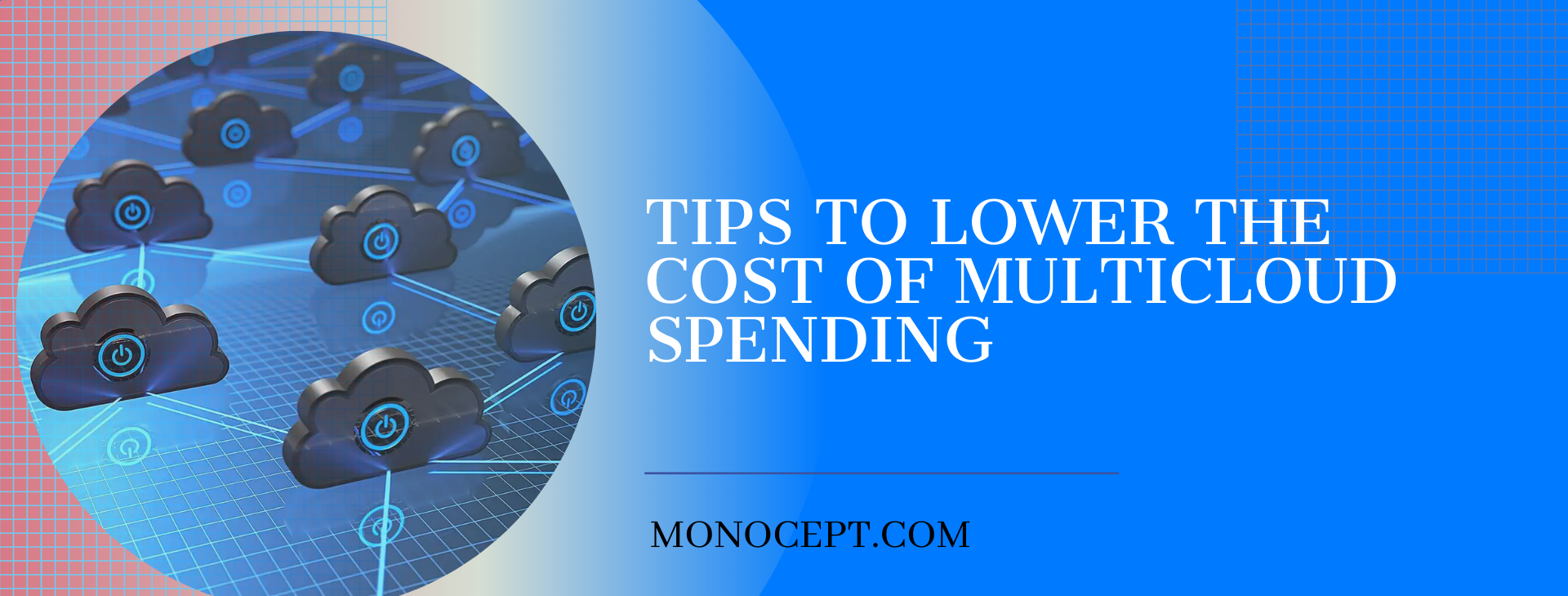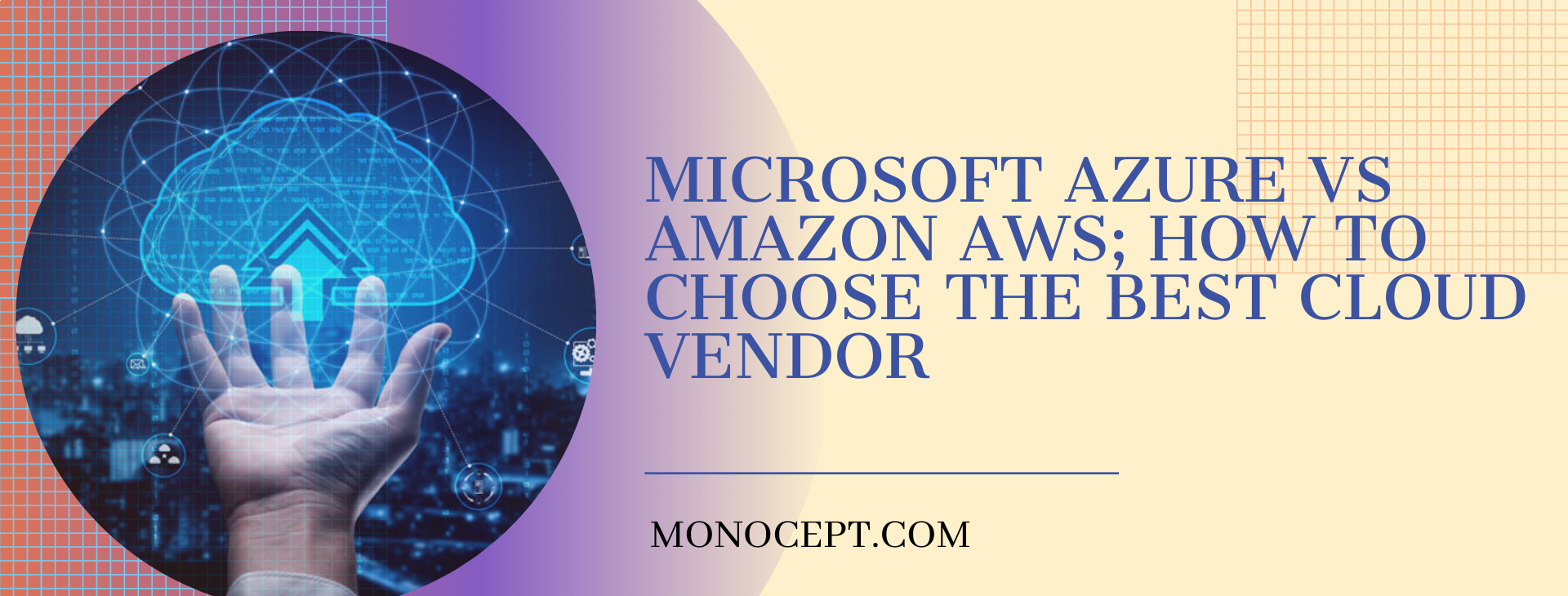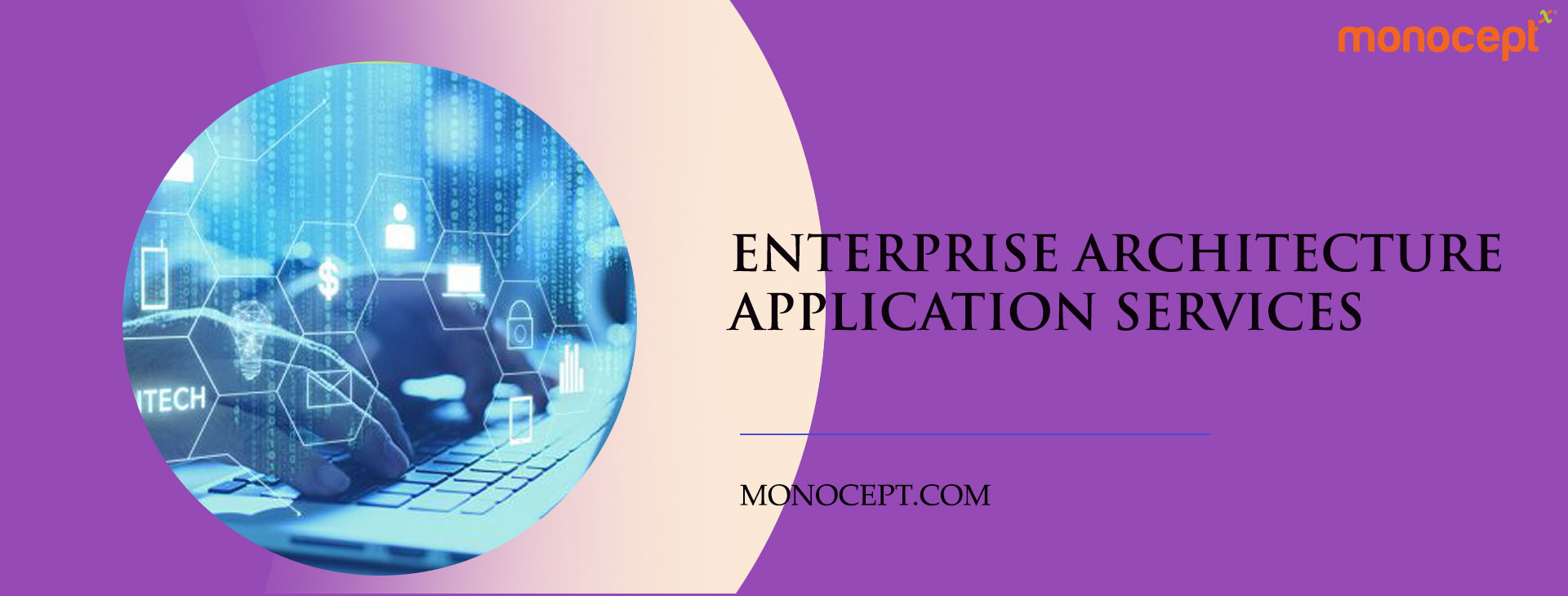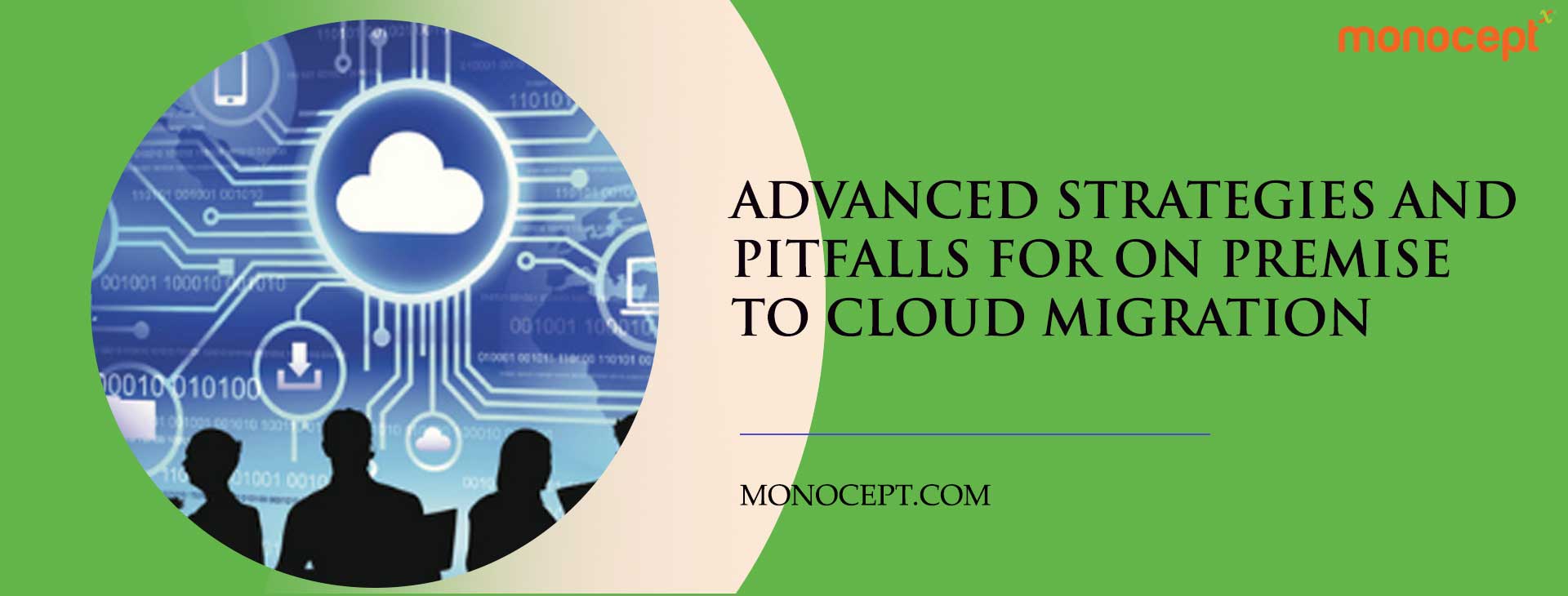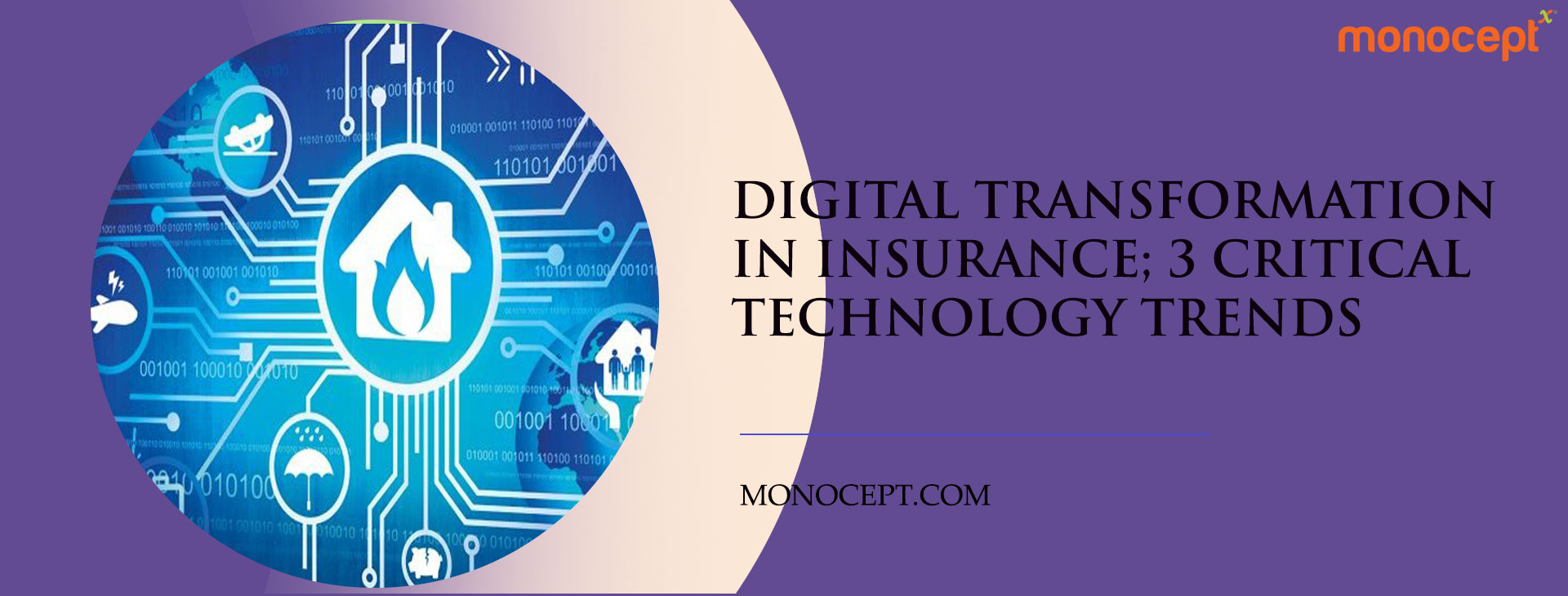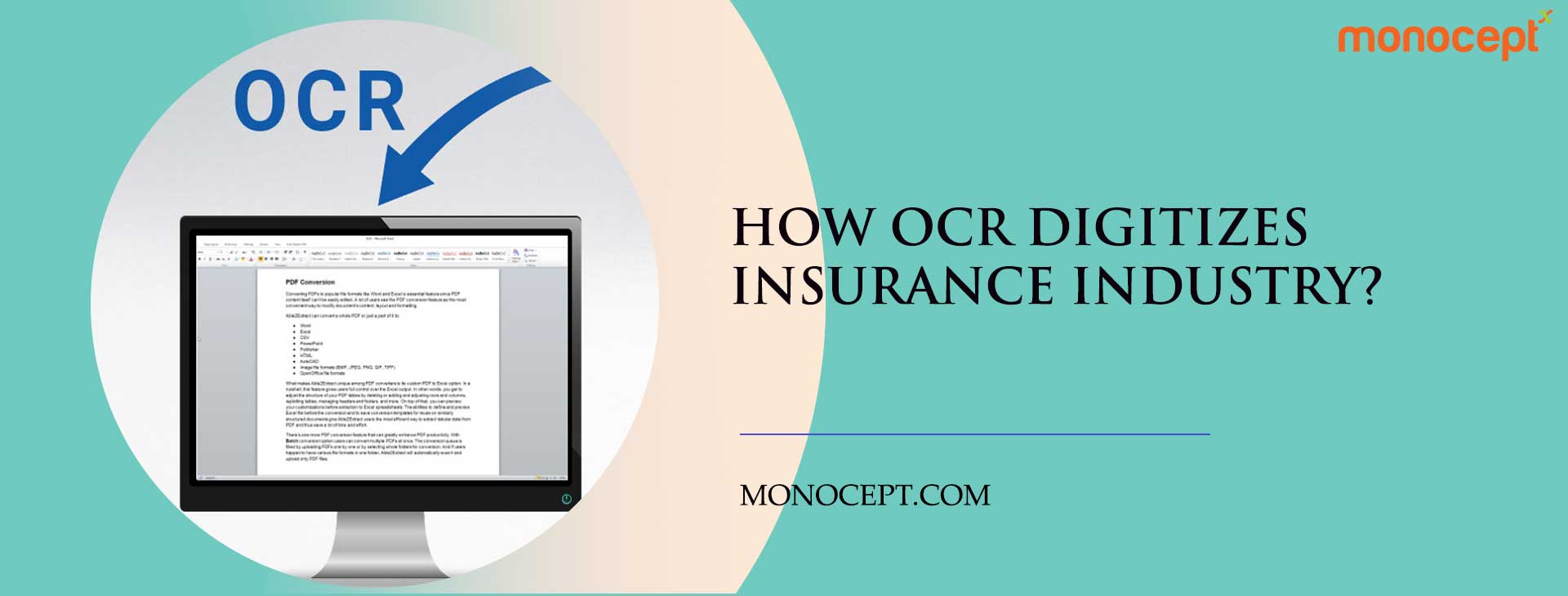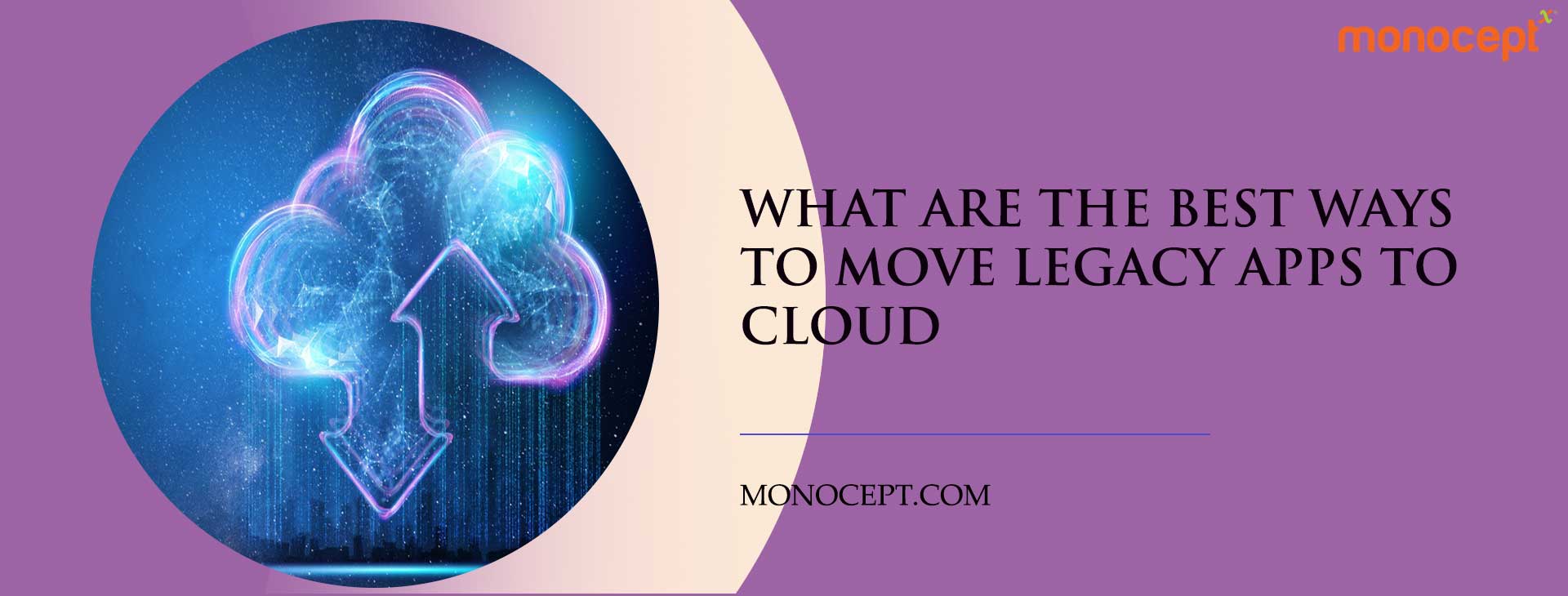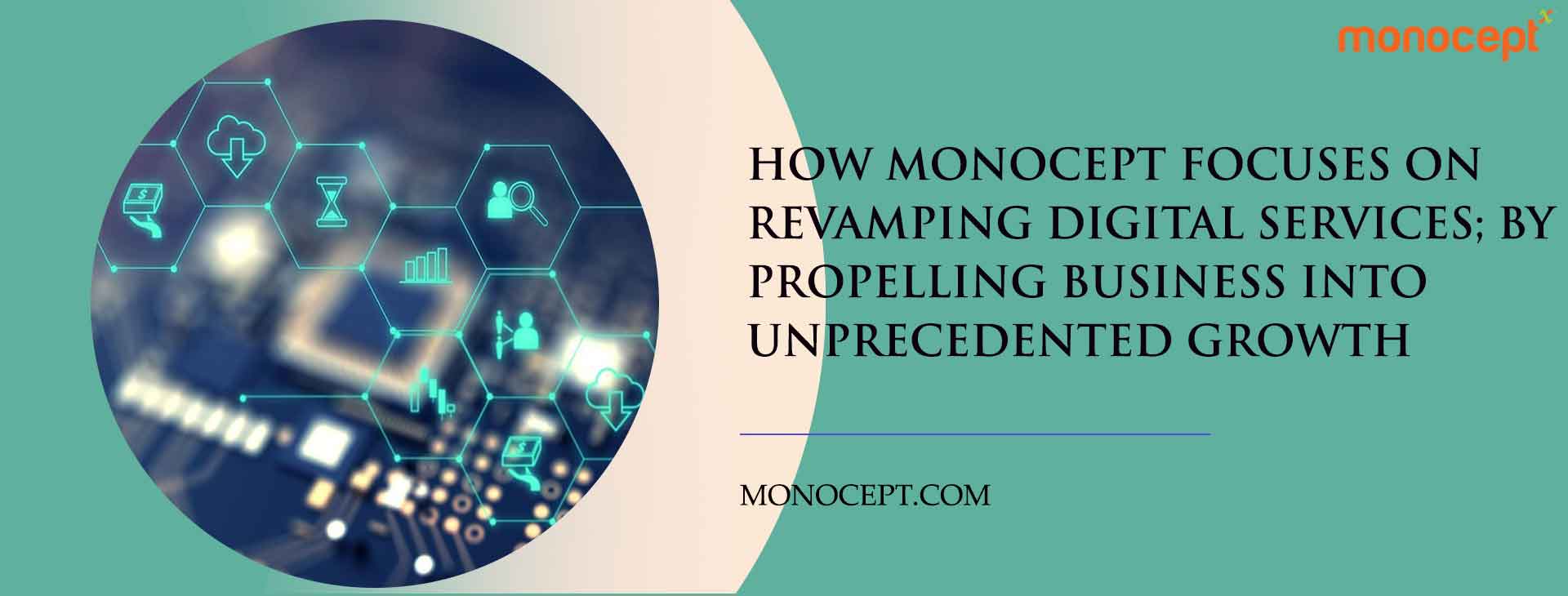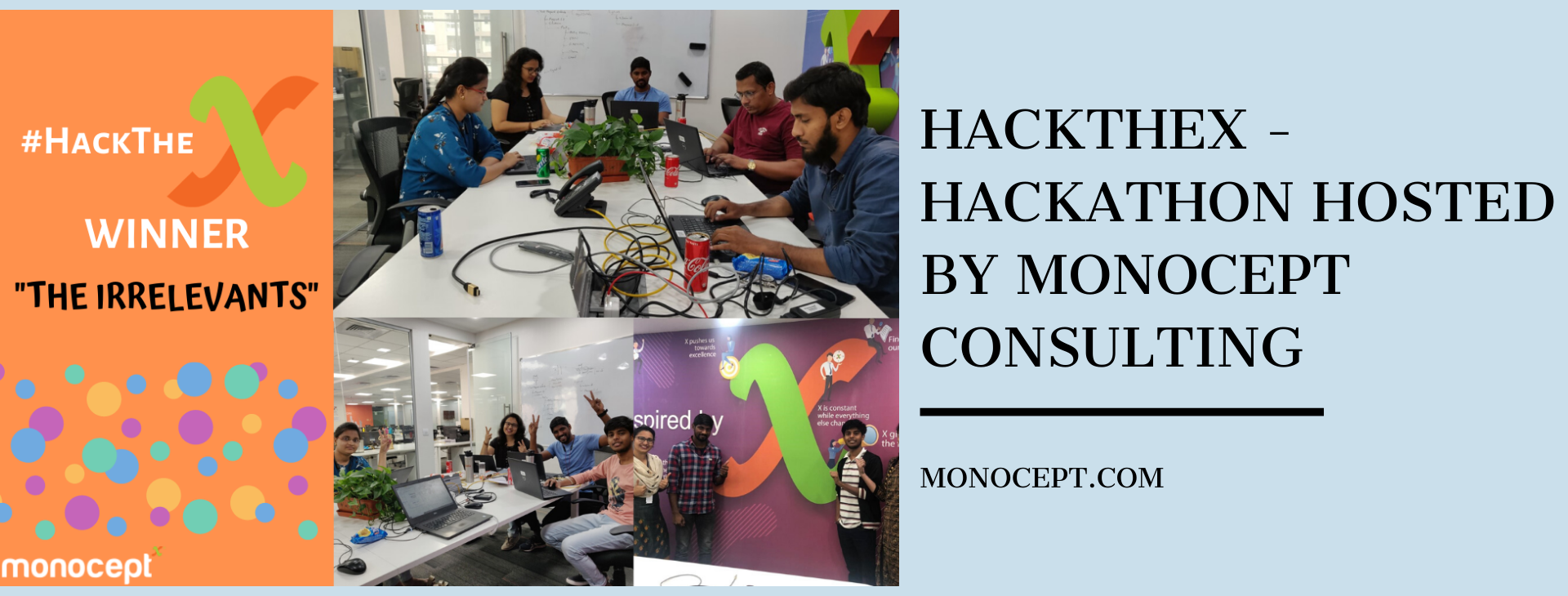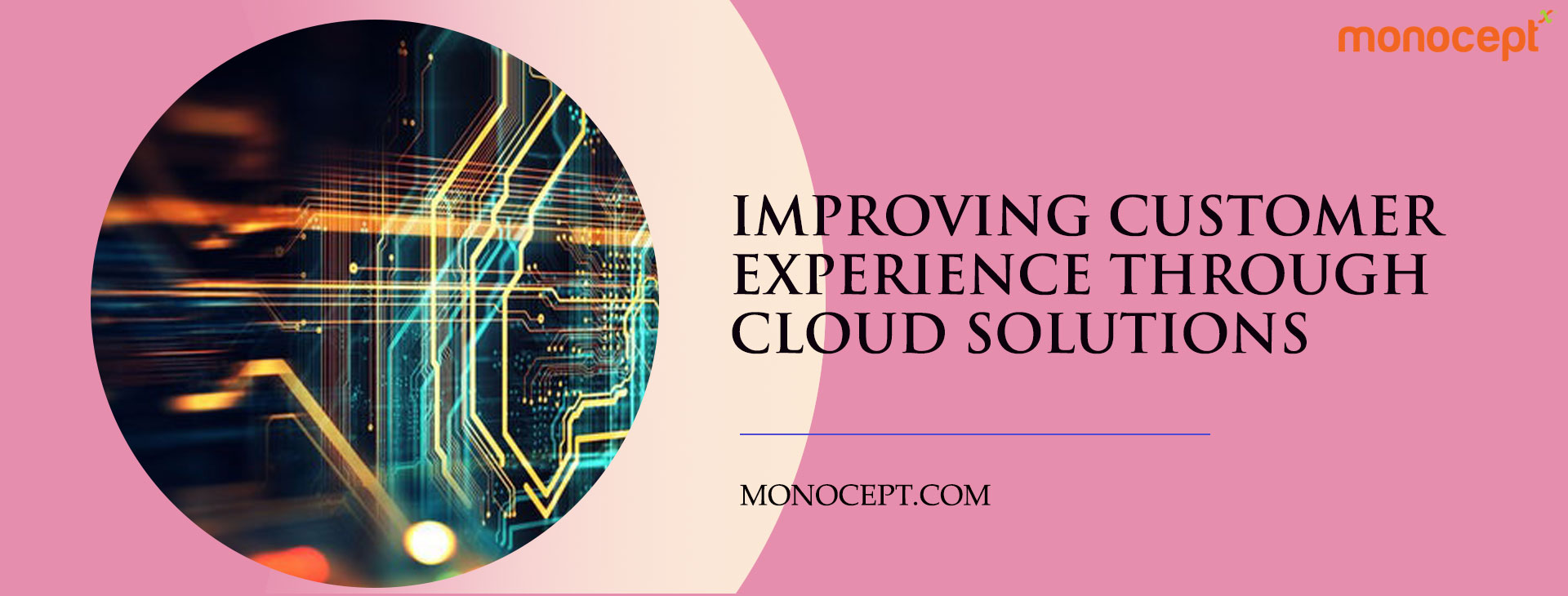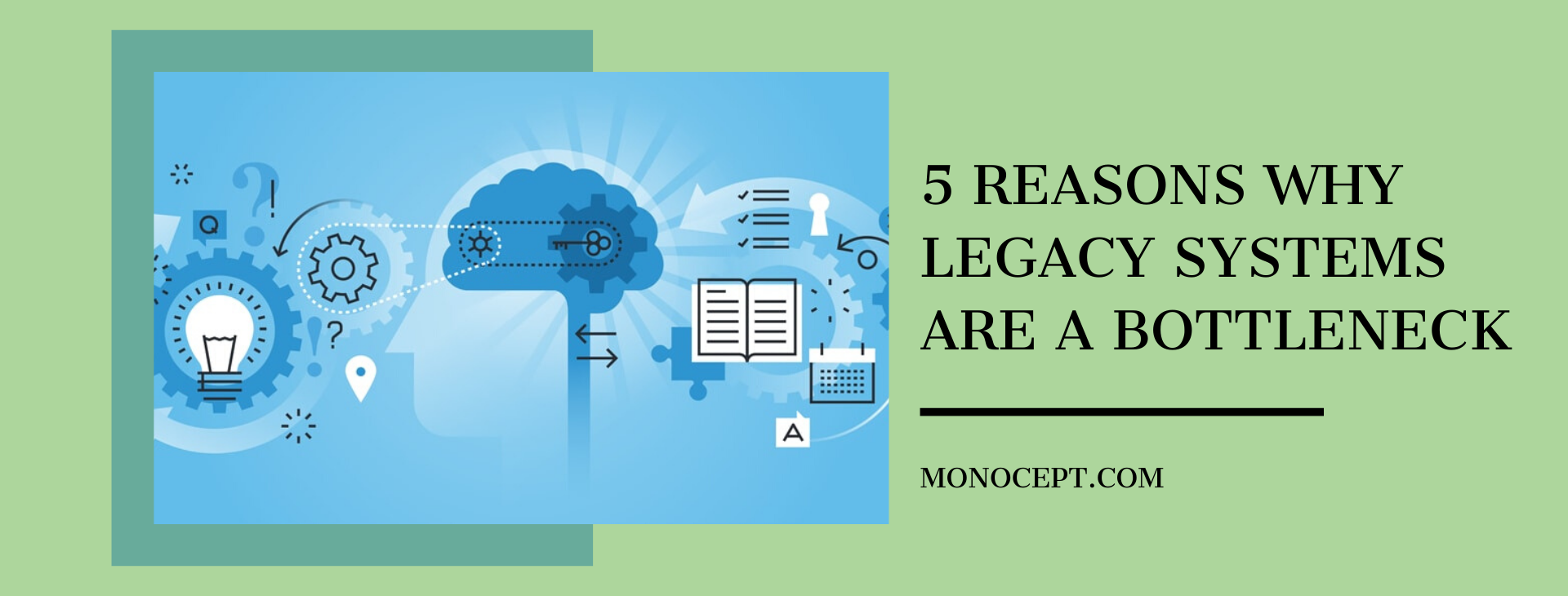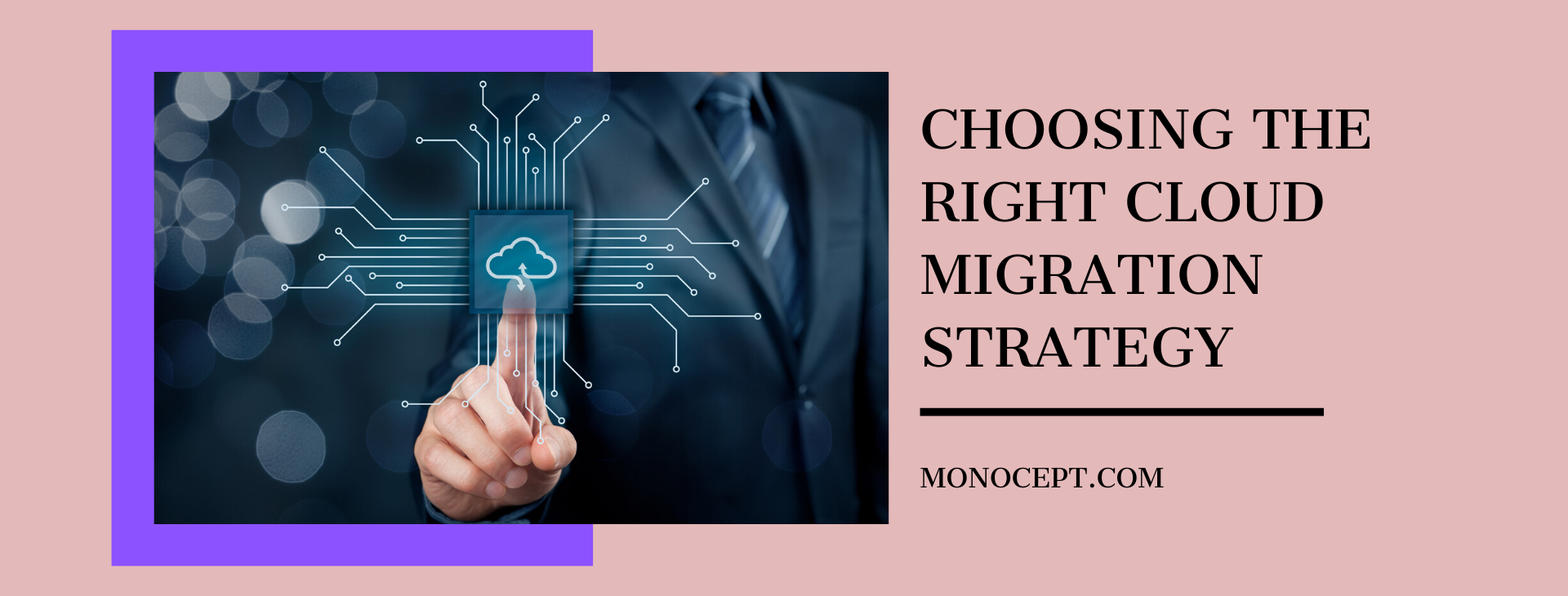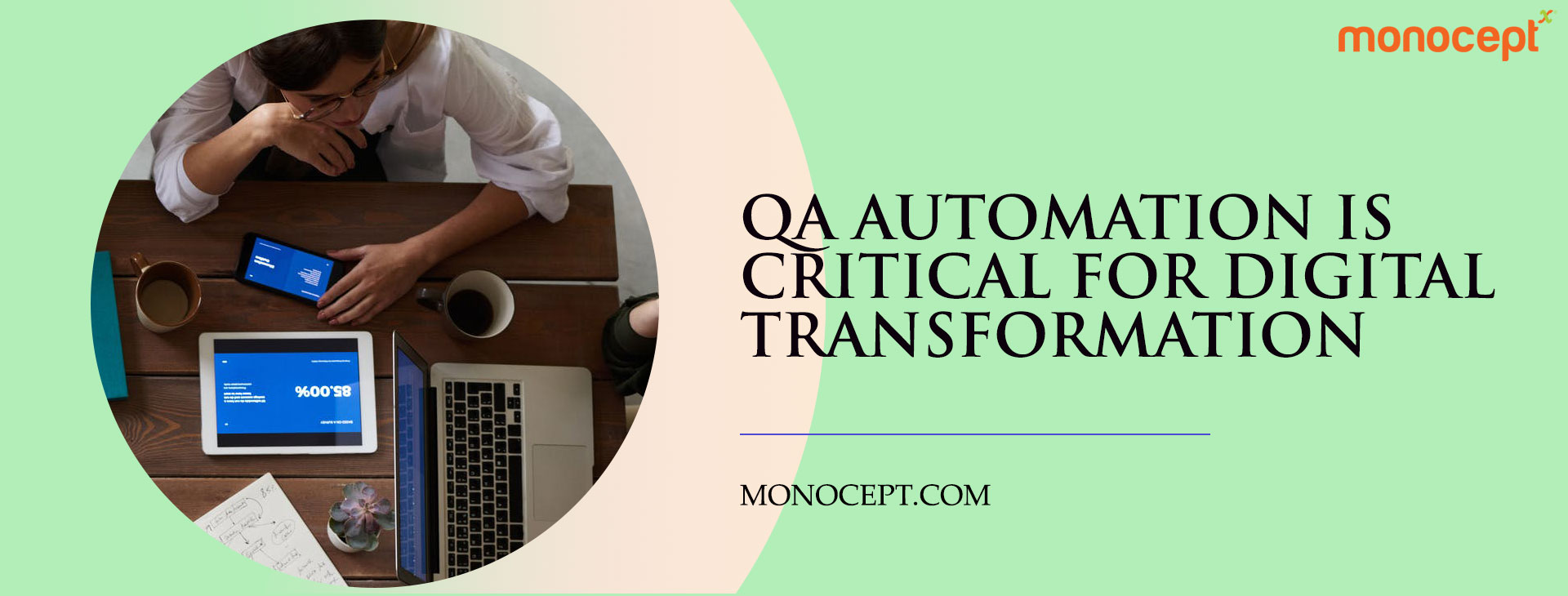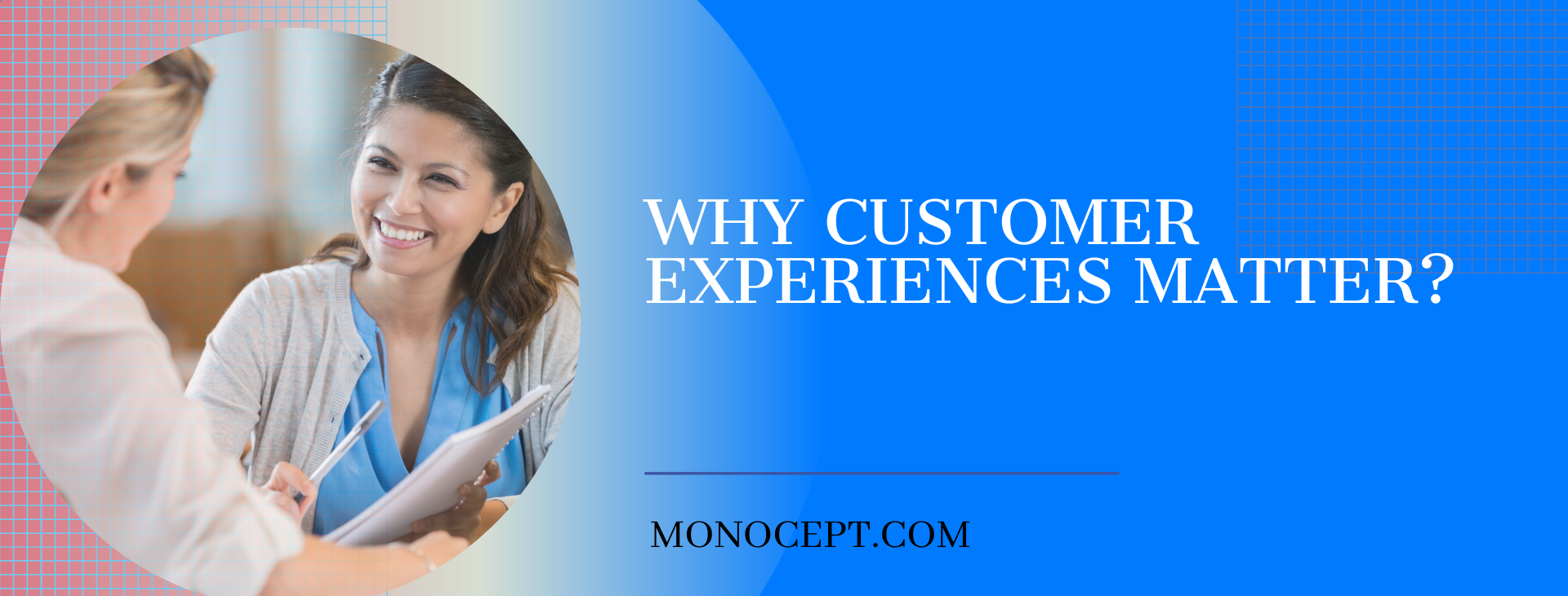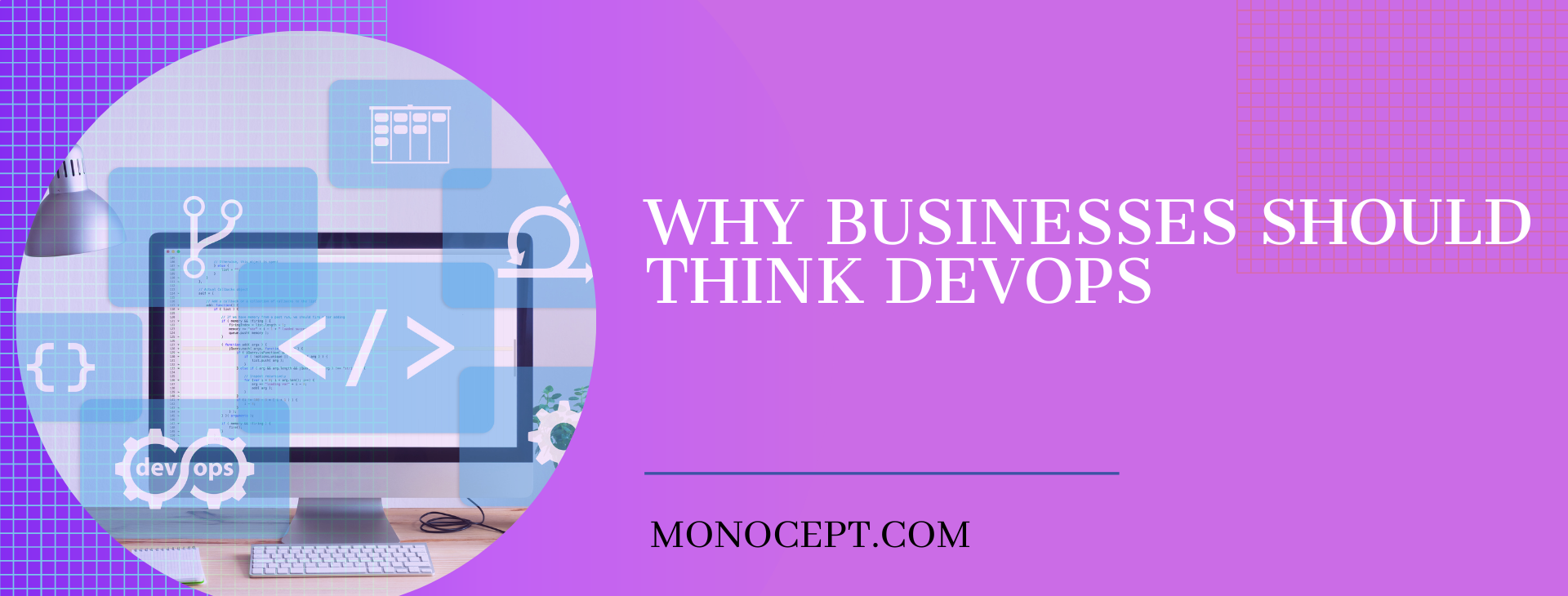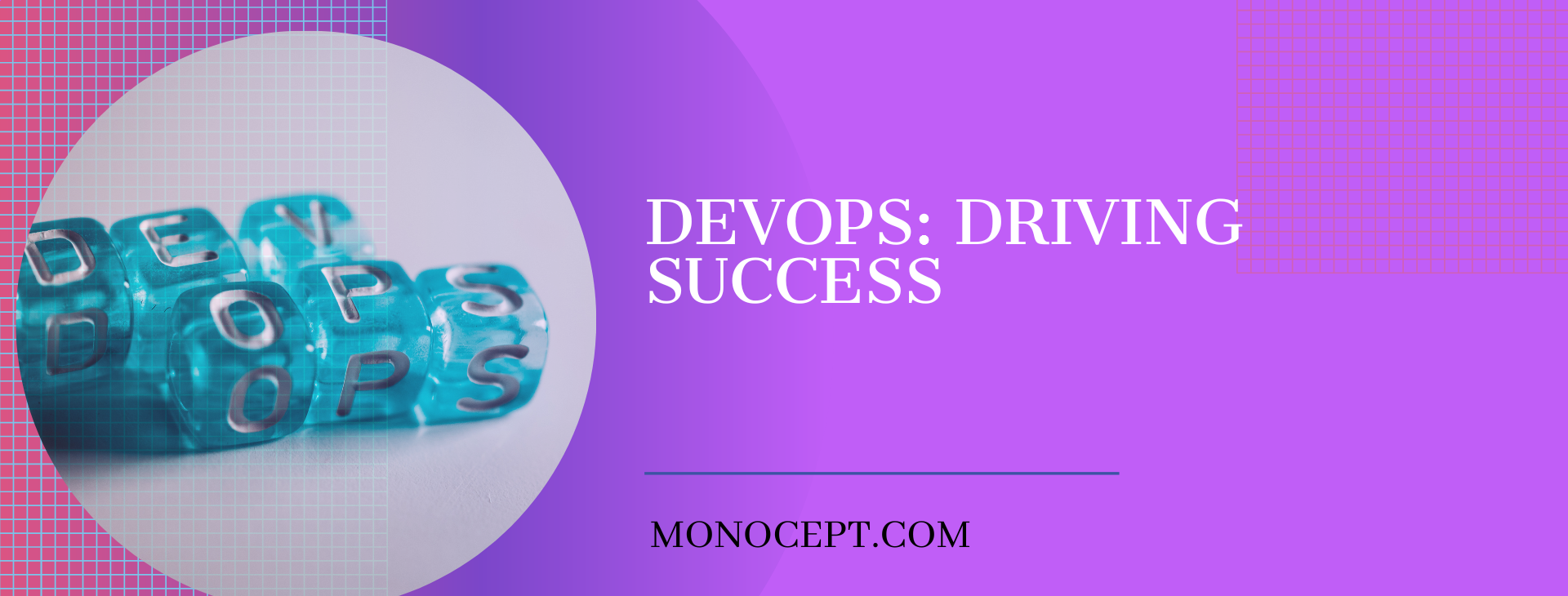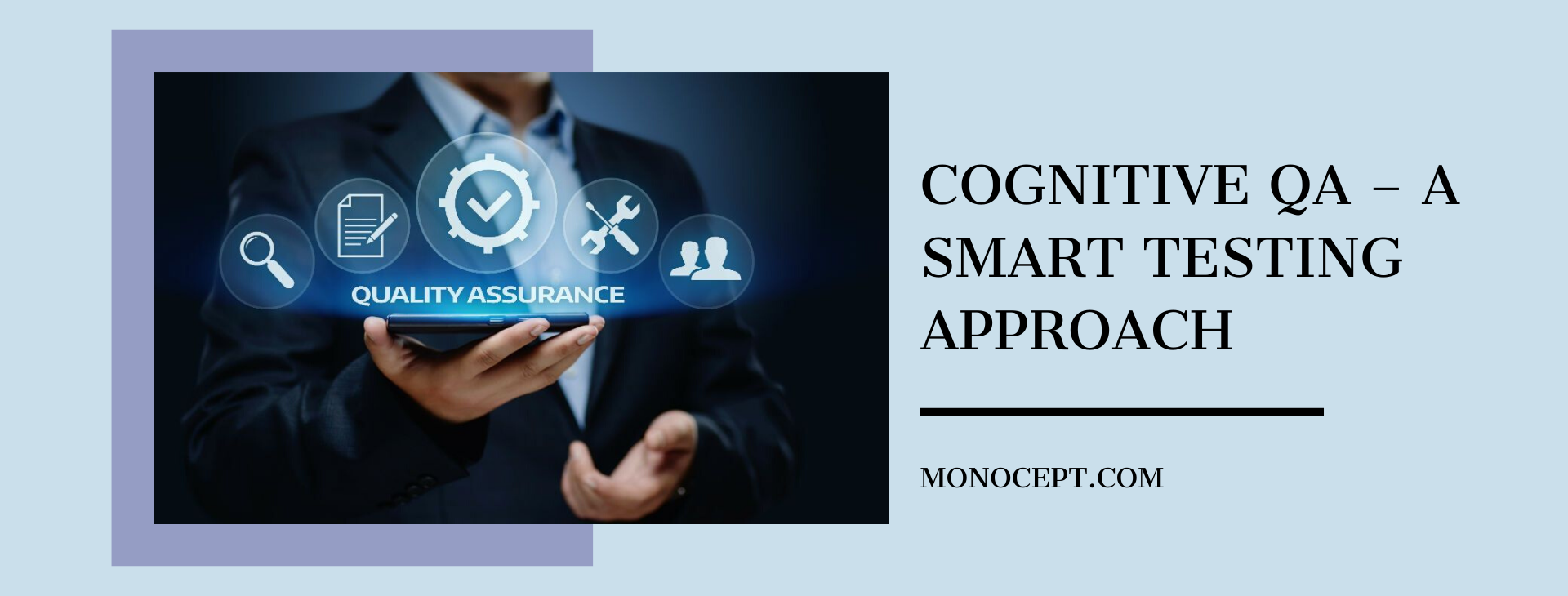How To Choose A Cloud Transformation Partner
As we make our way through the 21st centuries, digital transformations are inevitable, if businesses have any hope of surviving in the tech age. Adopting and migrating to the cloud is a big part of this transformation process, as overwhelming as it might seem in the initial period of change. Moving IT infrastructure and systems to the cloud drastically reduces cost over the long term, makes workplaces more accessible and therefore efficient, and allows enterprises to focus on their primary business objectives instead of being caught up in the logistics of setting up and maintaining expensive, on-premise machines. Cloud service providers also offer businesses the unique advantage of scaling up or down depending on fluctuations in demand at a moment’s notice and pay for only what is used. So it’s clear — for businesses to stay agile and competitive, they must go the cloud way.
Like any important undertaking, choosing the right partner is half the battle won. For successful digital transformation, companies must pick the cloud partner that best services their goals and requirements. To do this, decision-makers need to be well-versed in the cloud service options available to them: primarily, infrastructure as a service (IaaS), platform as a service (PaaS), and software as a service (SaaS).
In IaaS, the cloud provider hosts the IT architecture such as servers, data centres, hardware, storage space, etc. IaaS is cost-efficient and scalable — companies can pay as they use and can outsource the responsibility of housing, operating and maintaining the equipment to the service provider.
The PaaS model involves the cloud provider hosts both hardware and software infrastructure on its own servers. PaaS clients are then free to develop, test, and run new applications, without investing in expensive infrastructure.
The SaaS delivery method allows customers to access data from any device, provided there is an Internet connection. The provider hosts and maintains the servers as well as the application code. It involves outsourcing all IT responsibilities to the provider.
Once a business knows what model is most advantageous for its operations, it is important to carefully consider some key factors before settling on a transformation partner. These factors include:
Comprehensive IT analysis: Take cognizance of all the IT resources, systems, usage, capacity, costs associated with licensing, operations and maintenance, the cost of transformation, etc. In addition to the fixed costs, an IT audit would involve the knowledge and technical know-how of the existing team regarding the cloud model in consideration, since change management and re-training can be a massive, hidden cost. Such an audit will give the business a clear idea of the scope of their transformation process.
Consider platform and industry expertise: Your ideal partner is a cloud provider who has expertise not just in the cloud model your business is opting for, but also the industry in which you, the client business operates in. Check for updated certification in the maintenance and technical superiority from the platform expertise perspective, and for familiarity with rules, regulations and compliance knowledge from the industry expertise standpoint. The intersection of the two can sometimes yield unexpected results — your ideal partner might be a provider that may not be as well-known as other bigger providers, but are the best fit for your business.
Securing the future: A transformation partner must not just cater to existing requirements, but also future ones. For this, it is important to first clearly chart out your own expected growth trajectory, and compare it to the provider’s capability landscape. Does the provider have tools that can help you get to your destination? What is its history, regarding supporting clients in their growth journey over a long time? How often do the provider’s customers migrate to other services? After how long? What are the provider’s development plans? Asking these questions early in the game can help save you a world of trouble and lost resources later.
Why should you choose Monocept as a service provider?
Monocept helps organizations increase their business agility and efficiency while reducing costs through integration of cloud solutions. In addition to that, Monocept is Microsoft Azure Gold Partner in Cloud and Application development thus we can access a global network of managed cloud centres which can be used to quickly build, deploy and manage applications.
Monocept’s cloud consulting helps in discovering and analyzing workloads or applications which can be moved to cloud and recommending the best tools which fit into your migration strategy. While planning app modernization, Monocept can help analyze critical factors and recommend the best possible strategy to modernize on Azure cloud so that you can gain a competitive advantage.
What’s your Challenge? Let’s work together to solve it.






